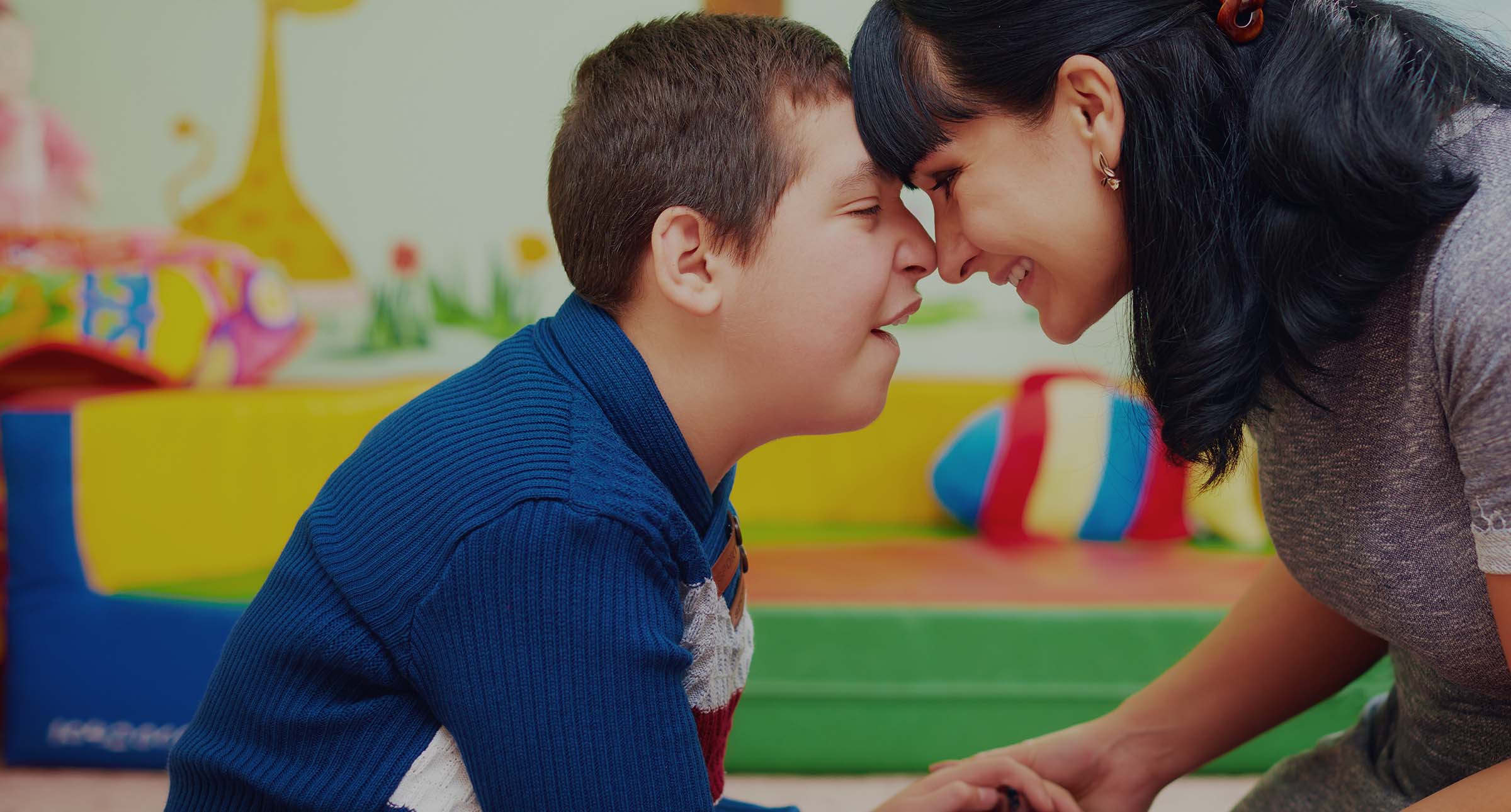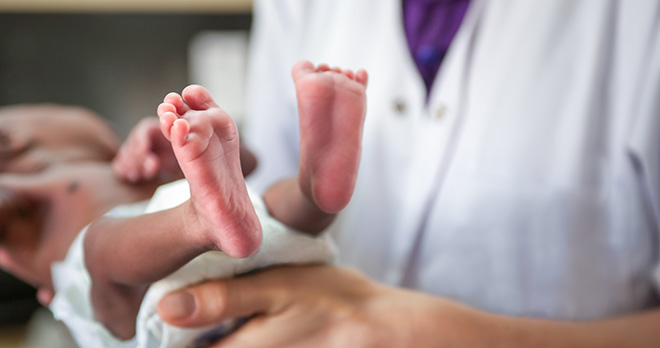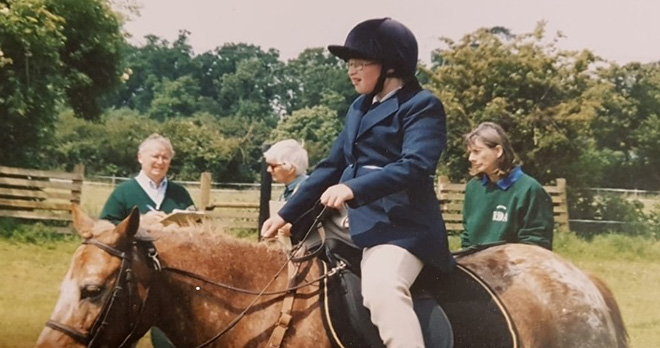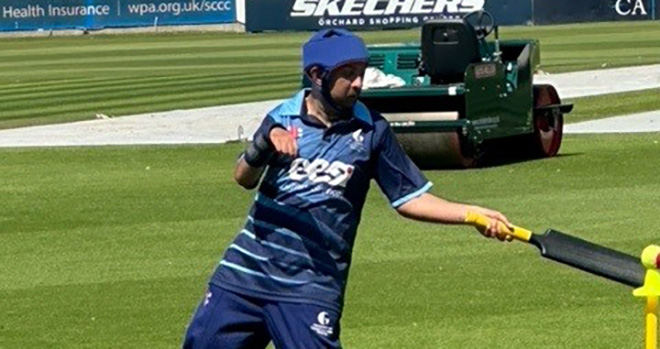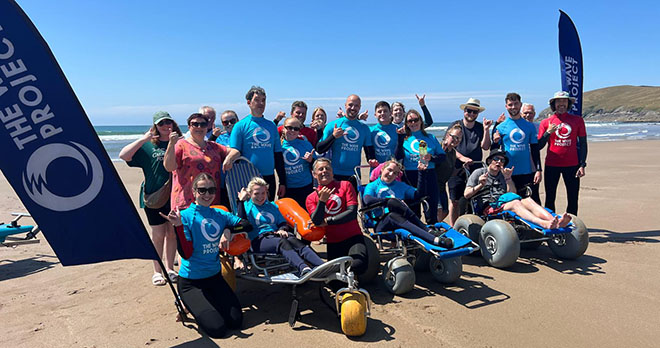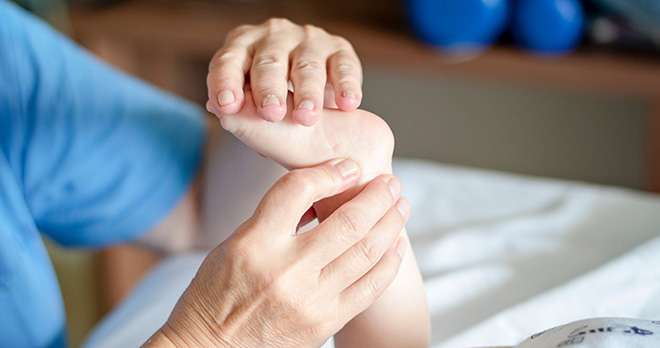How to bring a cerebral palsy claim – what you need to know
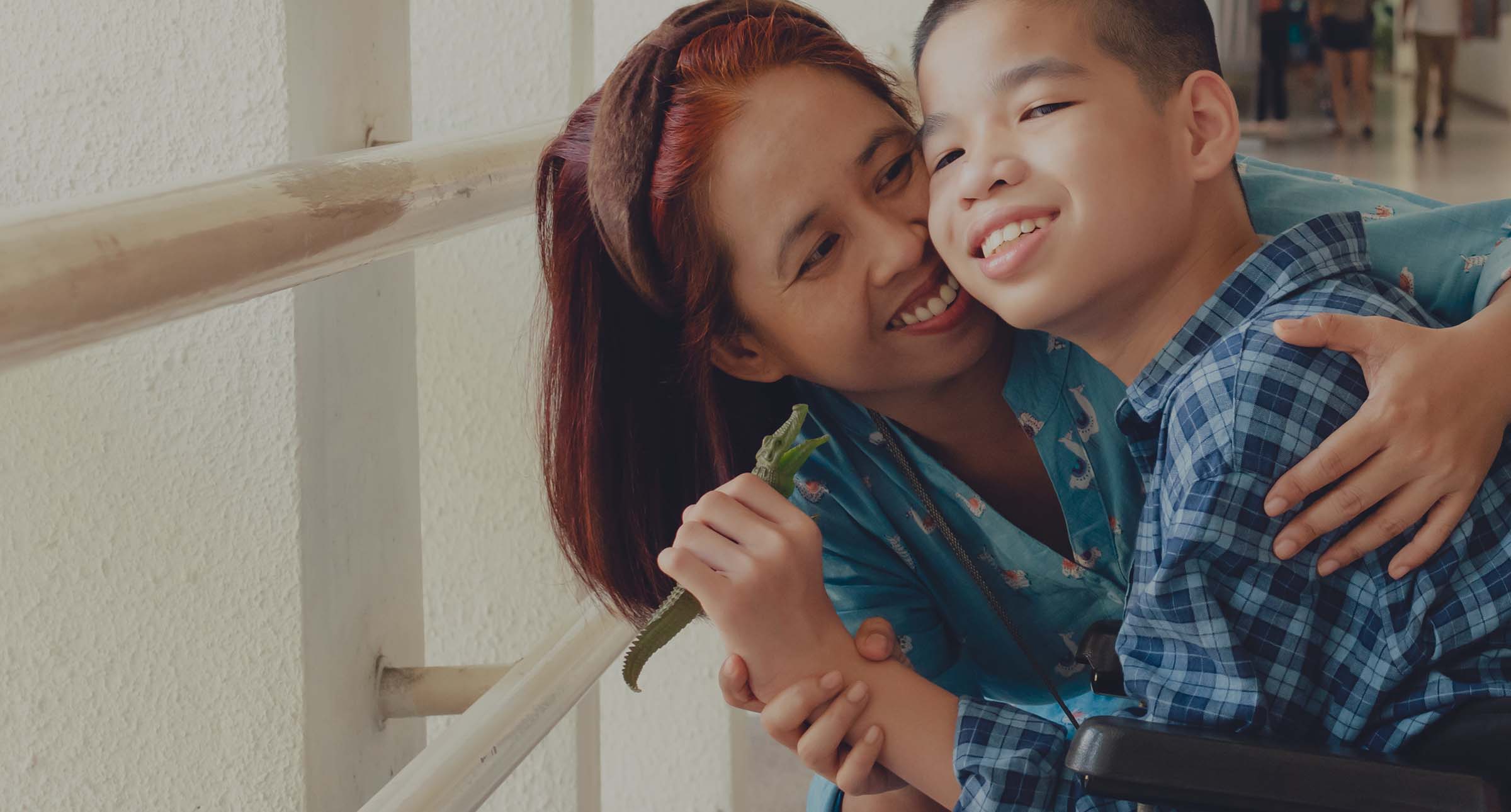
If you or your child has suffered a brain injury causing cerebral palsy, the process of making a claim might seem daunting. With this in mind, our specialist cerebral palsy solicitors have broken down what you need to know about claiming for compensation and more.
How to make a complaint to a hospital
Sadly, for quite some time it was necessary for a patient, or parent, to make a formal complaint to a hospital Trust if they felt there were failures in the treatment received. Fortunately though, the NHS now has a much more organised system to investigate when care goes wrong.
If something goes wrong in maternity or neonatal care the Trust should:
- complete a “Untoward Incident Report” Form or prepare a “Root Cause Analysis” Report to review what went wrong and why;
- be proactive in explaining to a patient what went wrong in an open and honest way, under their legal Duty of Candour;
- offer an early de-brief meeting (“Birth After Thoughts” meeting) with hospital staff to allow the birthing story to be told and heard, lessons learnt and answer questions;
- if you have not been invited by a Trust to review the care provided after an unexpected event then you can request this in writing; we have a helpful guide to making a complaint to the NHS should you require more information.
Some cases may meet the criteria for a referral to the Health Service Investigation Branch (HSIB) and in turn to the Early Notification Scheme. See our guide to the Early Notification Scheme and HSIB for more detail.
It is also important to note that HSIB is now changing its role and will become a new Special Health Authority (SHA) to undertake maternity investigations; you may be interested in my previous blog about the new Special Health Authority and what this means for patients.
1. Start a legal cerebral palsy compensation claim
Bringing a claim may seem an overwhelming prospect and therefore it is important that you firstly choose a solicitor who you personally connect with and can forge a working relationship with. It is also very important that your solicitor is a specialist in their field and accredited, either by the Law Society or AvMA.
Before any Court action begins all solicitors are expected to work to what is known as a Clinical Negligence Pre-Action Protocol, so that a full investigation of the case is prepared and the Defendant (usually a hospital Trust) has the opportunity to reply before formal legal proceedings are brought against them.
What a Clinical Negligence Pre-Action Protocol involves
- obtaining all maternal and neonatal medical records
- obtaining all GP records for mother and child
- securing Legal Aid or CFA (no win, no fee) funding to investigate the claim. Legal Aid is restricted and is only available if an injury was suffered during pregnancy, birth or the first six weeks of life. The Legal Aid Agency will insist that there is a clear diagnosis of a permanent brain injury before they award funding.
- once the medical records have been sorted, paginated and indexed a detailed witness statement/s needs to be taken to set out the chronology of events from the perspective of the patient, potentially commenting on entries within the medical records if they are felt to be inaccurate.
- we then go on to instruct medical experts to advise on the standard of care provided and then whether that care caused or materially contributed to the injuries suffered.
2. Obtaining expert advice
To bring a claim we need to demonstrate that there has been both a breach in the duty of care owed to mother and baby (i.e., that is there has been negligent care) and that that negligence has directly caused or materially contributed to the injury.
Material contribution is the term used when there is more than one cause of the injury (one negligent, on non-negligent) but where you cannot divide what aspect of the injury is responsible for the harm, so that you recover damages in full against the Defendant.
Unless both negligence and causation are supported by medical expert evidence it is not possible to bring forward a claim.
Experts on breach of duty of care usually comprise:
- a midwife
- an obstetrician.
Experts on causation usually comprise:
- a paediatric neuro-radiologist
- a paediatric neurologist
- a neonatologist
- a microbiologist (if infection was involved).
Once all the expert opinions are received, a meeting will be held with a barrister. This will usually be a very senior barrister called a KC (King’s Counsel). The consultation with the barrister and experts enables a full discussion to take place, testing and clarifying the expert opinions and seeking to ensure we have a clear, agreed argument between the experts.
After this meeting, if the barrister advises in favour of the case proceeding, they will prepare a document known as “Particulars of Claim”. This document will set out the chronology of the medical history followed by the itemised allegations on liability.
This Particulars of Claim are then sent with a Letter of Claim to the Trust and their insurers, NHS Resolution, inviting them to admit liability. The Letter of Response or Defence usually takes 6-12 months to be received; this process can be much quicker if the ENS has already started to investigate the case.
3a. What happens if the hospital admits liability?
If a Trust admits having negligently caused a brain injury, we will at that stage issue Court proceedings at the High Court in London and seek for a Judgment Order to be entered against the Hospital, holding them legally liable to pay compensation damages.
At this stage we would also seek a large interim payment of damages to allow for the immediate procurement of assistance with care, therapies, equipment and accommodation needs. The help of a private case manager will also be sought.
An immediate referral will also be made to a Deputy so that they can apply to the Court of Protection to administer the financial affairs related to the compensation. Our guide to the Court of Protection provides more details.
The Court will then make a Directions Order, setting out the experts needed to value the case, and both parties will instruct their own experts to assist in valuing the claim. We then work together to usually conclude the case by way of a negotiation meeting; the need to proceed to a trial for a Judge to determine the value of the claim is very rare indeed.
3b. What happens if the hospital does not admit liability?
The process of contesting liability in a case involves issuing legal proceedings at the High Court. A Judge or procedural Master will then make a Directions Order for steps to be taken towards a trial date, with the view to encouraging the parties to work together to bring the case to settlement without the need for a trial (which is not a likely event). Witness statement evidence from the family and clinicians will be exchanged, followed by the exchange of expert reports with subsequent expert meetings. Often a negotiation date is agreed to assess if a compromise can be reached if liability is still not admitted in full.
Working with a solicitor
It is the role of your solicitor to ensure that you are fully informed and supported in bringing forward a claim. You should feel that you are part of a team working together to fight for justice and to gain the compensation needed for your child or loved one.
Bringing forward a case is not a straightforward process and can take some time to resolve. The needs of a brain injured child are of course a huge motivating factor for both parents and their legal team.
If you’d like to find out more about how our Birth Injury team can help you with a claim for compensation, please visit our cerebral palsy claims page.
Glossary of terms used
This is a summary report prepared by appointed clinical staff within the hospital to review the key factors which may have contributed towards an adverse outcome in care.
This is a more in-depth report prepared by appointed clinical staff within the hospital to review the main causal factors which may have contributed towards an adverse outcome in care.
This is a legally binding Order from a Judge which stipulates that the Defendant is liable to pay the Claimant damages due to the Defendant’s negligence.
This is an Order from a Judge setting down a fixed timetable for the management of the case towards a trial date.
If you would like to find out more about making a claim for cerebral palsy, please contact our medical negligence team today or find out more about how we can help.
Call now

